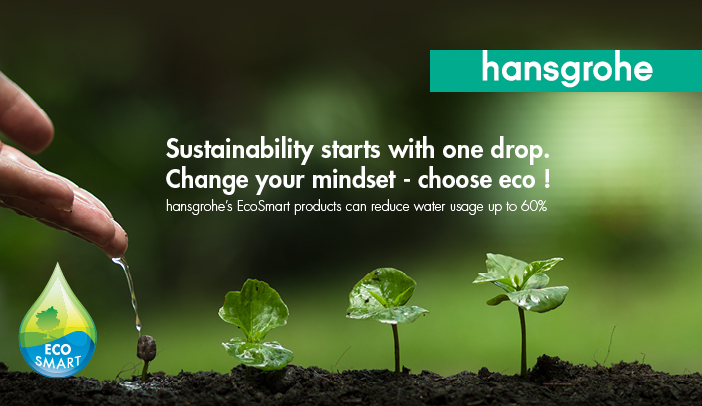- Developer LCOR in New York is currently constructing a two-tower residential complex in Coney Island that will have its heating and cooling supplied by what will become the largest geothermal system in New York City.
- A total of 153 geothermal wells, each drilled to a depth of 500 feet, have been integrated into the building’s design.
Geothermal systems enable buildings to limit use of carbon-emitting HVAC equipment, such as natural gas-fired boilers, by providing heating and cooling as well as energy to run heat pumps. Wells deep under-ground use the earth’s ambient temperature to warm or chill liquids. That heat energy then transfers throughout the structure via pumps and pipes, which also redirect waste heat as an additional energy source.

The project, 1515 Surf Ave., will set a city size record for geothermal energy use when it opens in 2024.
Renderings courtesy Studio V Architecture
Challenging but the right option over the long term
“We spent the better part of a year and a half investigating the constraints and challenges,” said LCOR Vice President Anthony Tortora. “That this site was so large and was close to the ocean presented itself as a unique candidate for geothermal.” Construction of the complex is expected to be completed through the rest of 2023.
“It became a big geometry puzzle because the wells have to be a certain distance apart from each other, and the wells and the piles also have to be a certain distance from each other,” Tortora says. “Then it’s the actual logistics and execution of that construction. How do you layer in your trades and execute your foundation, geothermal and excavation work?”
The team ended up subdividing the site to sequence multiple trades on different stages, Tortora says. “We had geothermal rigs as well as pile rigs on site at the same time, and it was all about how those rigs moved around the site in an efficient way,” he adds.
Executing construction—and siting wells every 20 ft across the foundation’s footprint—required field adjustments along the way, says Raymond Johnson, executive vice president of engineering and construction at Ecosave, an energy efficiency consultant on the geothermal system design.
Test borings helped the team determine not only the ground’s thermal properties but also the soil’s structural stability, he said. “The soil wasn’t consistent throughout the site,” he adds. “We went through a learning curve to determine the most advantageous way of drilling.”
Most of the site has suboptimal soil, which made drilling wells challenging, says Pete Palazzo, president of LRC Construction, the construction manager. The team dug each well 500 ft deep, while piles went down 40 to 50 ft. “This system was installed basically in sand,” he says.
The use of geothermal in the new building will allow for compliance with the city’s new Local Law 97 carbon emission caps on buildings that are larger than 25,000 square feet by 2024. As Tortora mentioned, there are now real financial consequences to designing buildings that will run off natural gas or other carbon-emitting fuels. Although project costs increase through the integration of geothermal systems, it will result in a reduction of more than 60% of the project’s carbon footprint. “We thought it was worth the investment up front,” Tortora shared.
The site will also serve as a showcase for large-scale applications of geothermal heating and cooling. This is a priority area of the Mayor’s Office of Climate and Environmental Justice.
“To advance this work, the city is undertaking a feasibility study to select a potential demonstration project site or set of sites that could benefit from a district geothermal system, connecting multiple buildings with shared infrastructure to maximize the environmental benefit,” a spokesperson of the Mayor shared.
Author: Bryan Groenendaal
Source: ENR New York

















